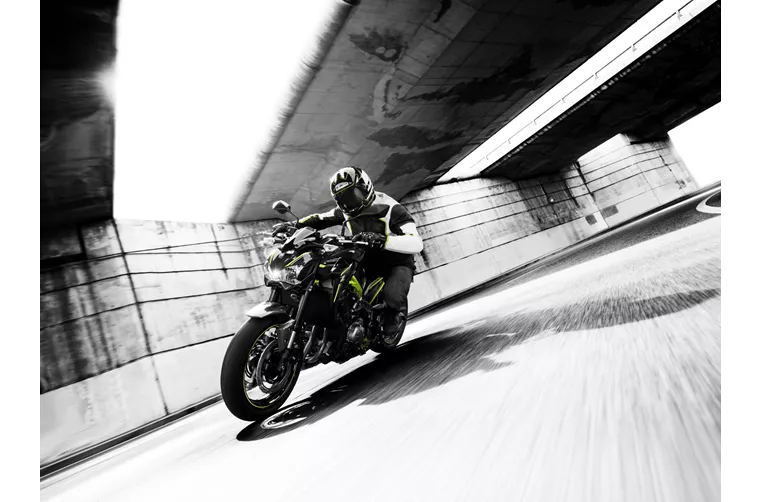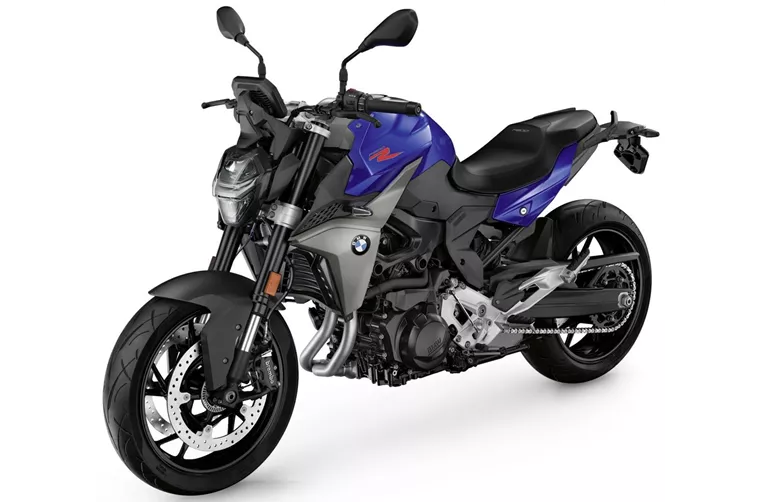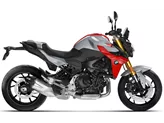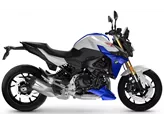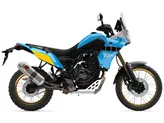Kawasaki Z900 2018 vs. BMW F 900 R 2021

Kawasaki Z900 2018
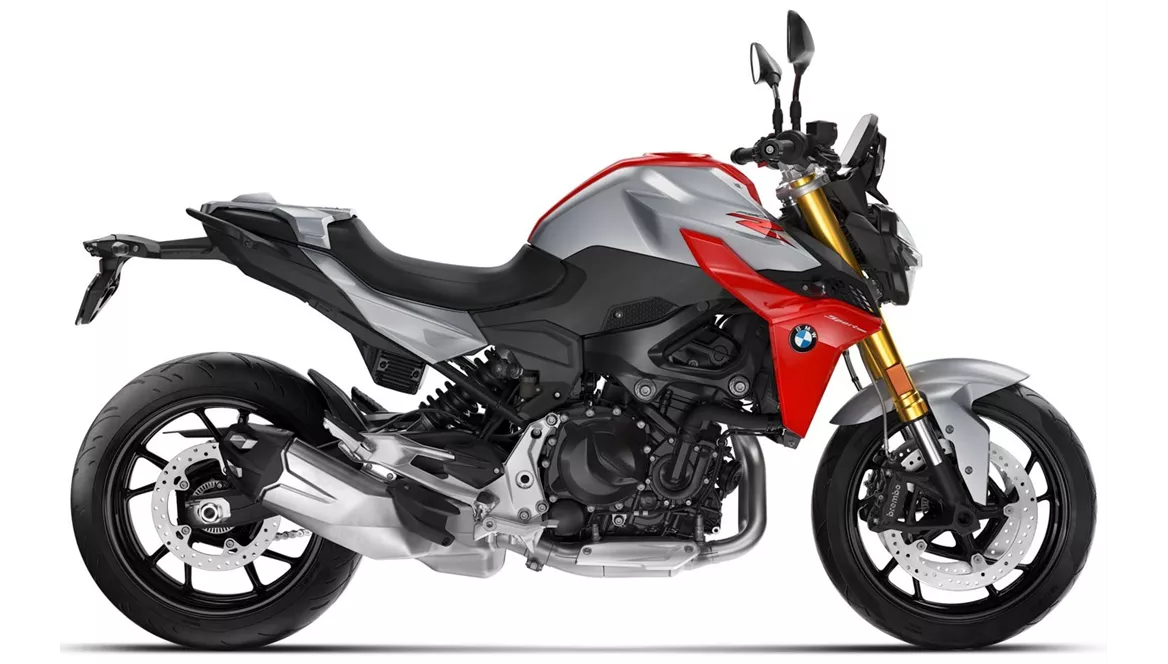
BMW F 900 R 2021
Overview - Kawasaki Z900 2018 vs BMW F 900 R 2021
The Kawasaki Z900 2018 and the BMW F 900 R 2021 are both naked bikes with similar engine types, in line configurations, and liquid cooling systems. However, there are several key differences between the two models.
In terms of engine power, the Kawasaki Z900 2018 boasts 125.4 HP, while the BMW F 900 R 2021 offers slightly less power at 105 HP. The Z900 also has a higher torque of 98.6 Nm compared to the F 900 R's 92 Nm. This indicates that the Z900 may have better acceleration and overall performance.
Both bikes feature fuel injection systems and have four cylinders. The Z900 has a larger displacement of 948 ccm, while the F 900 R has a slightly smaller displacement of 895 ccm. This suggests that the Z900 may have a slight advantage in terms of power delivery and overall performance.
In terms of suspension, both bikes have upside-down telescopic forks at the front and swing arm suspensions at the rear. They also both feature monoshock absorbers with preload and rebound adjustments. This indicates that both bikes should offer a comfortable and controlled ride.
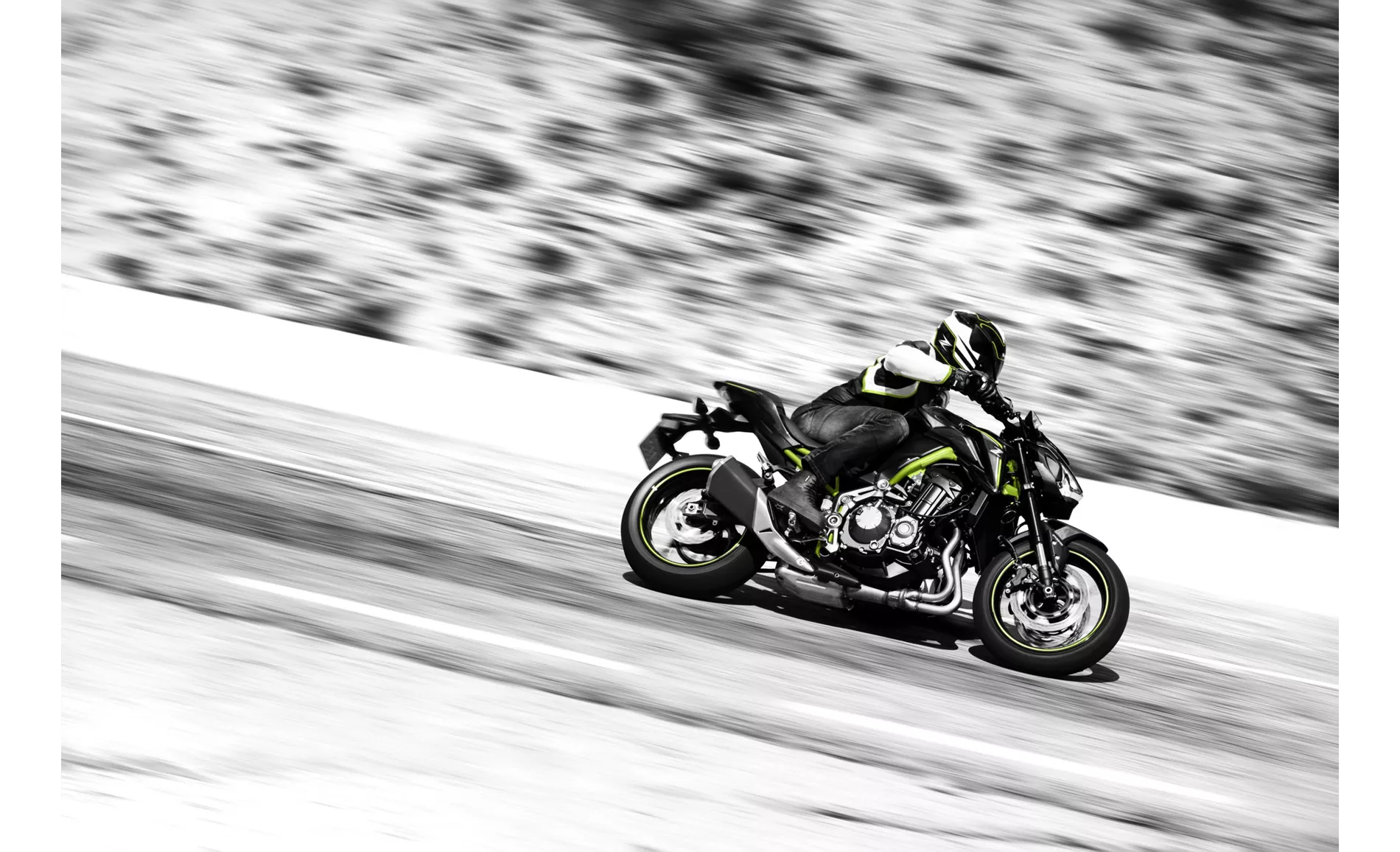
Kawasaki Z900 2018
Both bikes have steel frames, but the BMW F 900 R 2021 features a twin-tube, load-bearing engine frame, which may provide additional stability and rigidity compared to the Z900's double cradle frame.
In terms of braking, both bikes have double disk brakes at the front with four pistons. However, the BMW F 900 R 2021 has larger diameter disks at 320 mm and utilizes radial technology, which may provide better braking performance and control.
In terms of advanced rider assistance systems, both bikes feature ABS. However, the BMW F 900 R 2021 offers additional features such as anti-slipping control and riding modes, which may enhance safety and performance.
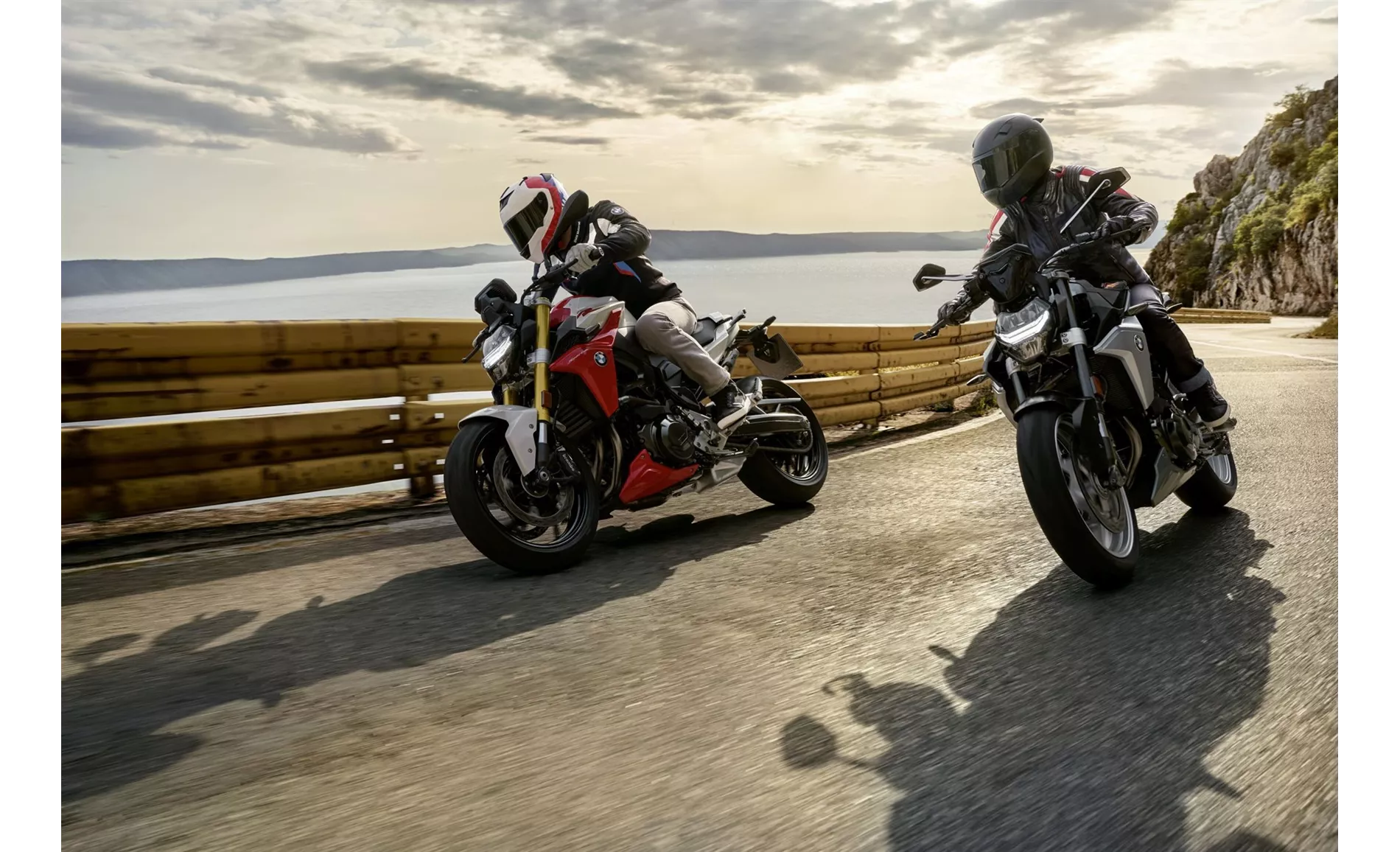
BMW F 900 R 2021
In terms of dimensions and weights, the BMW F 900 R 2021 has a longer wheelbase of 1518 mm compared to the Z900's 1450 mm. The F 900 R also has a slightly higher seat height of 815 mm compared to the Z900's 795 mm. Both bikes have similar tire widths and diameters, as well as similar kerb weights with ABS (211 kg for the F 900 R and 210 kg for the Z900).
In terms of strengths, the Kawasaki Z900 2018 is praised for its powerful and smooth engine, great sound, sharp and sporty look, low seating position, and easy handling and manoeuvrability. On the other hand, the BMW F 900 R 2021 is praised for its great cockpit and functional connectivity, extensive electronics, accessible handling, and wide range of equipment and configuration options.
In terms of weaknesses, the Kawasaki Z900 2018 lacks traction control and may have a knee angle that is strenuous for tall riders in the long run. The BMW F 900 R 2021 has a slightly stiff gearstick, a rough-running engine at high revs, and a poor rear splash guard.
Overall, the Kawasaki Z900 2018 and the BMW F 900 R 2021 both offer unique strengths and weaknesses. The Z900 may appeal to riders looking for a powerful and sporty naked bike, while the F 900 R may appeal to those seeking a more versatile and technologically advanced option.
Technical Specifications Kawasaki Z900 2018 compared to BMW F 900 R 2021
Pros and Cons in comparison
Pros and Cons in comparison
Kawasaki Z900 2018
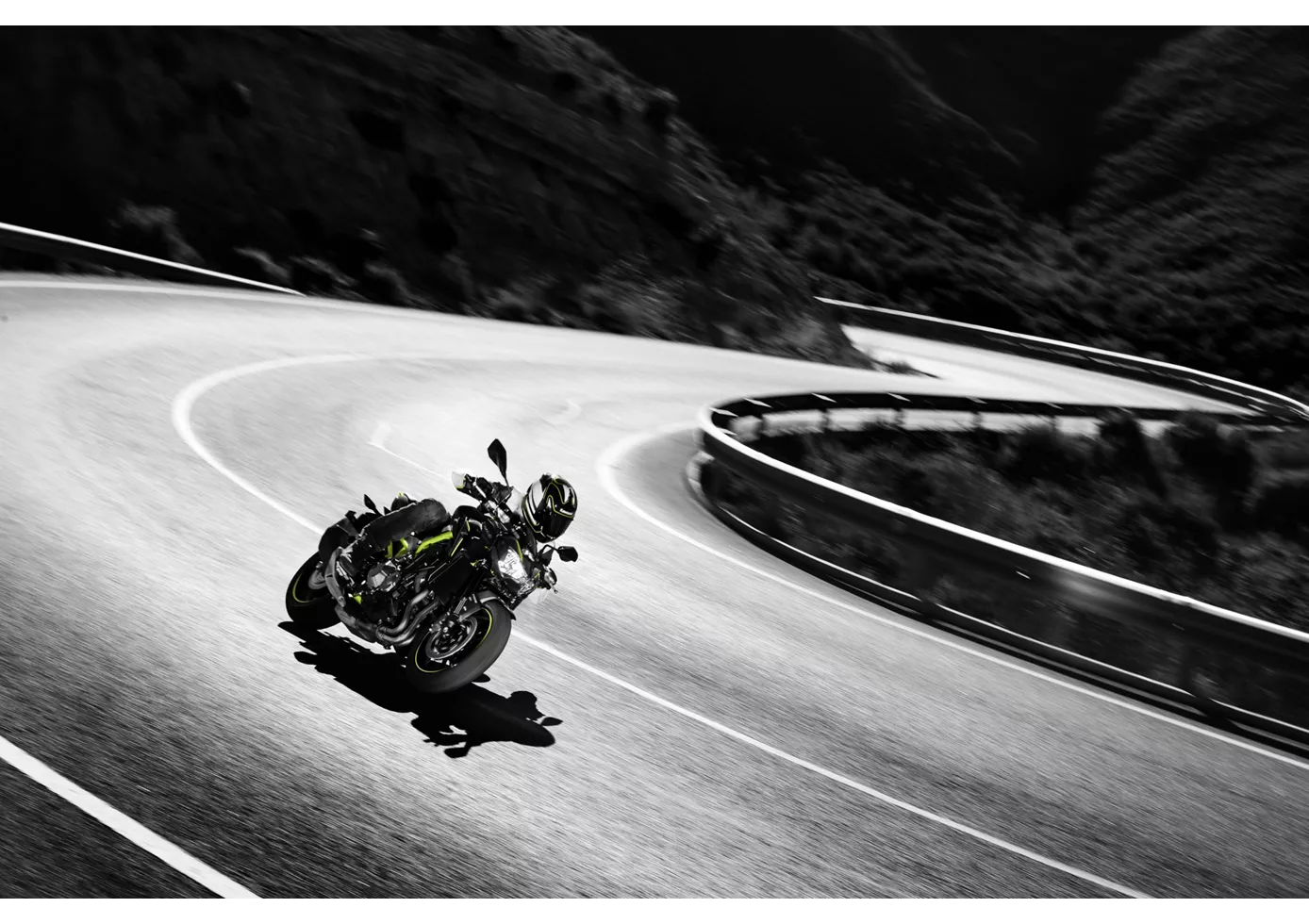
In the hotly contested naked bike segment, the Z900 plays right at the front. Above all, its engine is absolutely terrific, runs incredibly silky and offers rich power in all rev regions - as befits a Japanese four-cylinder. Its sporty, aggressive appearance matches this. It does without electronic bells and whistles, but still conveys a lot of confidence when chasing corners, braking and accelerating out of them. The low seat is especially beneficial for smaller riders, but taller riders might miss a flatter knee angle on long distances. The low weight and compactness make the Z900 particularly agile and easy to handle. A sporting cannon that is also extremely appealing in terms of price
BMW F 900 R 2021
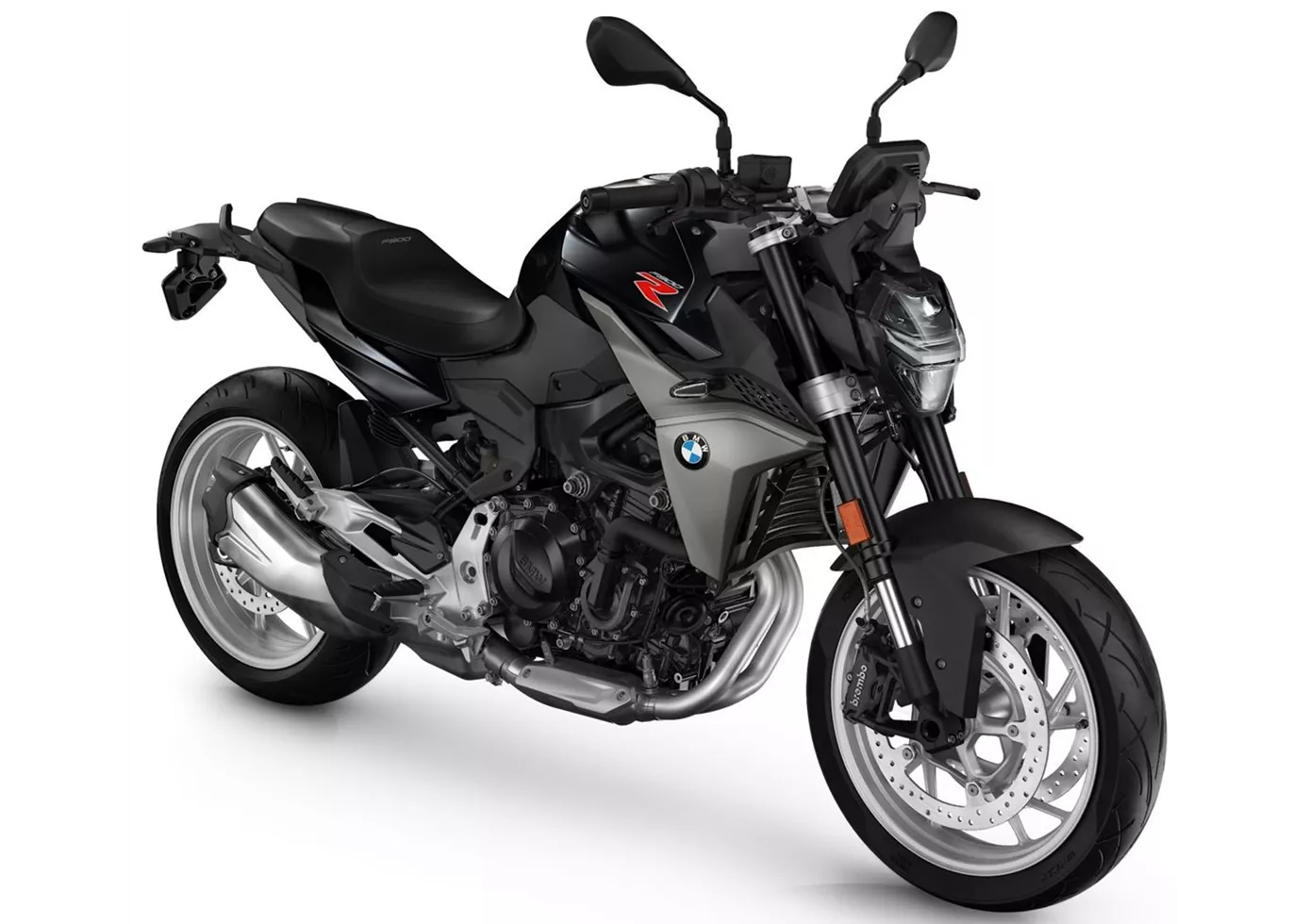
The BMW F 900 R is a full-grown motorbike. 895 cc, 105 hp and 92 Nm smell of versatility. The F 900 R fulfils this promise completely. The motorbike, including electronics and components, does a great job in every situation. But of all things, the heart of the bike, the engine and transmission unit, does not shine in premium gloss.
Price Comparison Avarage Market Price Kawasaki Z900 vs BMW F 900 R
There are a few key differences between a Kawasaki Z900 2018 and a BMW F 900 R 2021. In terms of price, the actual average price of a BMW F 900 R 2021 is about 5% higher. A Kawasaki Z900 2018 experiences a loss of 650 GBP in one year and 530 GBP in two years of ownership. This is offset by a loss of 360 GBP and 600 GBP for a BMW F 900 R 2021. Compared to BMW F 900 R 2021 there are more Kawasaki Z900 2018 bikes available on the 1000PS.de Marketplace, specifically 55 compared to 17. It takes less time to sell a BMW F 900 R with 67 days compared to 112 days for the Kawasaki Z900. Since model year 2017 1000PS.de editors have written 46 reviews for the Kawasaki Z900 and 24 reviews for the BMW F 900 R since model year 2020. The first review for the Kawasaki Z900 was published on 11/11/2016 and now has more than 93,200 views. This compares to more than 154,700 views for the first review on BMW F 900 R published on 05/11/2019.
